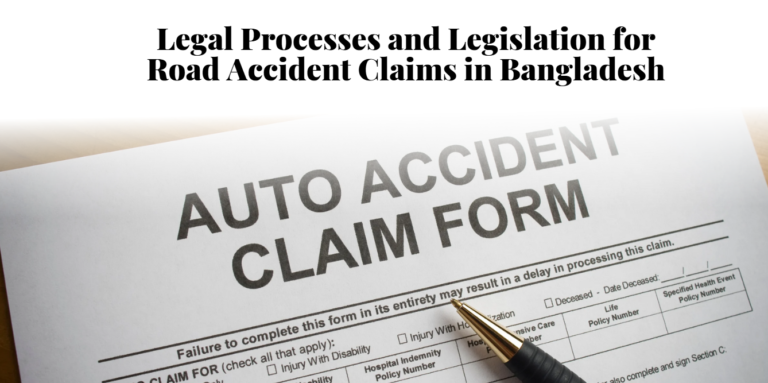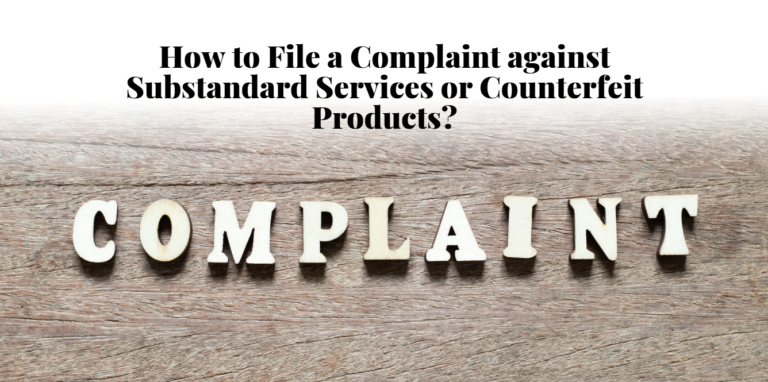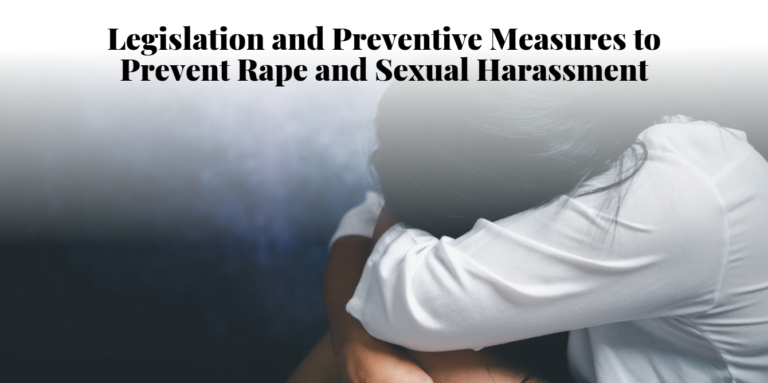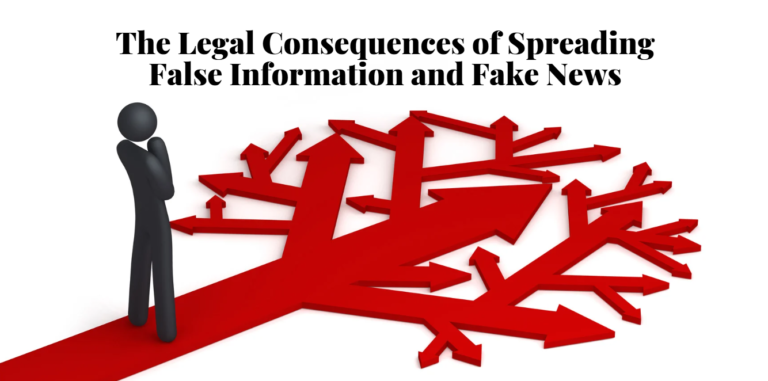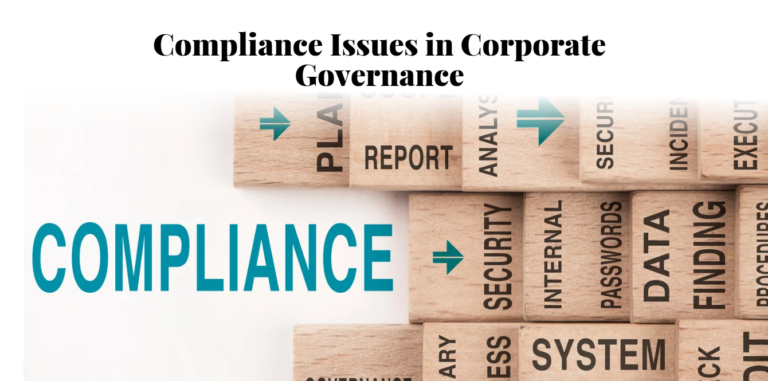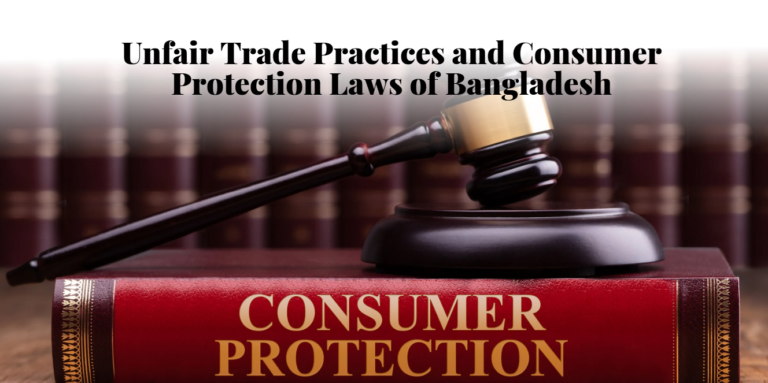In today’s day and age, customers often encounter counterfeit products or substandard services. If you have fallen prey to such incidents, it is essential that you take due actions to protect your rights and prevent others from suffering the same. Below is a stepwise guide on how to file a complaint effectively.
Knowing the Consumer Rights
You have the right as a consumer to be given acceptable quality goods and services. Consumer protection laws in most countries are strict to force industries to provide genuine products and reliable services. Knowing your rights allows you to act appropriately in the event that you receive counterfeit goods or poor service. Some of the key consumer rights include:
The right to safety: Protection from hazardous goods and services.
The right to be informed: Complete and honest information regarding products.
The right to choose: Access to various alternatives at competitive prices.
The right to be heard: Consumer grievances must be reasonably addressed.
Step 1: Gather Strong Evidence
First, collect proof prior to lodging a complaint. This may include:
Receipts or invoices
Images or footage of the item/service
Images of emails/messages with the merchant
Warranty certificates (when applicable)
Shipping receipts or trace data (if buying online)
Paperwork adds weight to your argument and enhances the chances of resolving the case successfully. Without proof, substantiating your case will be problematic.
Step 2: Try to Contact the Seller or Service Provider
Customer satisfaction is highly valued by most companies, so your first step must be to contact the seller or service provider directly. Present your problem clearly and provide proof to substantiate it. Specify what solution you are requesting, for instance:
A refund
A replacement
A repair
Compensation for damages
Be respectful yet insistent. If the company is customer-focused, they should offer a solution. Document all interactions, including emails, chats, and call records.
Step 3: Lodge a Complaint to Consumer Protection Bodies
If the seller does not cooperate or refuses to attend to your complaint, take it further by reporting it to consumer protection bodies. Some available channels include:
National Consumer Rights Protection Authority
Consumer Protection Offices at the local level
Government Run Consumer Helplines
Business Regulatory Bodies
In making a complaint, include:
A detailed and concise description of the issue
Invoices and receipts copies
Photos or screen shots as proof
Your communication records with the seller
Some governments have websites where complaints can be filed, thereby making it easier.
Step 4: Leave Public Reviews and Warnings
If your issue does not get resolved, post a public review. This will warn other consumers and pressure the company to do something about it. Post your experience on:
Google Reviews
Trustpilot
Social Media (Facebook, Twitter, Instagram, LinkedIn, Reddit, etc.)
E-commerce sites (if purchased online)
When writing a review, be specific and factual and not libelous. Mention the issue and how the company handled it.
Step 5: Legal Action if Necessary
When nothing else succeeds, legal action is the final resort. You may seek advice from a consumer rights lawyer on how to take action through:
Suing the seller in court
Seeking compensation for loss
Reporting bogus businesses to the police
Some legal actions include:
Small Claims Court: For minor disputes involving lower financial amounts.
Consumer Court: For severe fraud, negligence, or heavy damage cases.
Preventive Steps for Future Buying
To avoid becoming a victim of spurious goods or poor services in the future, do the following:
1. Research the Seller Well
Before purchasing from a new seller, investigate their reputation. Look at reviews, verify their business registration, and inspect if they have any past complaints.
2. Check Product Authenticity
Check for trademarks, holograms, and certification marks. Websites of most brands are used for authenticity checks.
3. Secure Payment Channels
Never make payment through unsecured or unverified sources. Opt for secure payment channels such as credit cards, PayPal, or other websites with protection that ensure buyers’ protection.
4. Document Preservation
Always preserve receipts, invoices, warranty cards, and records of communications. Such documents serve as proof in the event of a dispute.
5. Stay Away from Anything That Is Too Good to Be True
If the price of a product is significantly lower than market prices, then it would be a fake or a scam. Investigate thoroughly before buying.
Role of Consumer Organizations and Online Communities
Many on-line consumer groups advocate for the consumer’s rights and sort out the issue. They provide legal assistance in some cases, while in others, they provide advice. On-line forums and networks allow consumers to post their experience and warn the public against scams.
Conclusion
By following these steps, you can safeguard your consumer rights and contribute to a fairer marketplace. Complaint against spurious products and poor services keeps everyone honest and ensures others do not have to go through the same ordeal. Every complaint lodged makes the business community a little more honest and transparent. Remember, as a consumer, your voice matters. Standing up for yourself is advantageous for you, but it also protects others from falling prey to fraudulent ways.
- Home
- Practice Areas
- ADMIRALTY & SHIPPING LAW
- Arbitration & Mediation
- CAPITAL MARKETS & SECURITIES
- COMPANY, CORPORATE & BANKING LAW
- CONSTITUTIONAL & ADMINISTRATIVE LAW
- CRIMINAL LAW
- CUSTOMS, VAT AND INCOME TAX LAW
- INTELLECTUAL PROPERTY
- JUDICIAL REVIEW (WRIT) AND WAQF ORDINANCE
- LAWS RELATING TO LAND, TENANCY AND TRANSFER OF PROPERTY
- MERGER & ACQUISITION (M&A)
- REAL ESTATE AND DEVELOPMENT
- LAW OF EMPLOYMENT
- Sectors
- Resources
- About
- Team
- Blogs
- Career
- Contact



